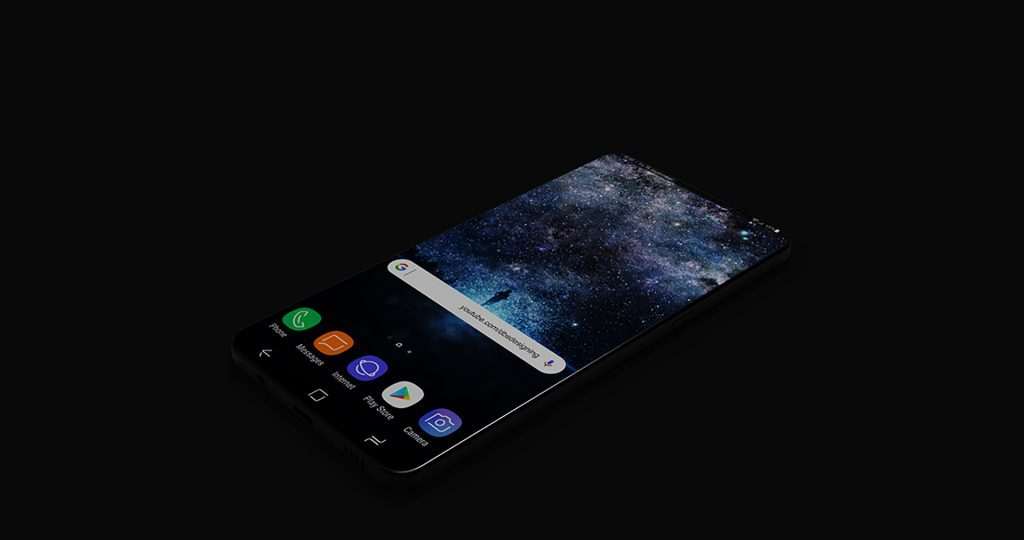Samsung has always been known for its spirit of technological advancements and multiple leaps in modern technology have been achieved by the South Korean behemoth. Now, it seems that the battery and the battery charging technology is about to be revolutionized. For, Samsung’s R&D arm, the Samsung Advanced Institute of Technology or SAIT, has patented the ‘Graphene Ball’ technology which will cut down the time it takes to charge a battery by 1/5th.
Samsung has also claimed that the new technology will make traditional lithium-ion batteries last up to 45 percent longer and will also charge around five-times faster than traditional batteries. The new technology has been patented in the US and in South Korea and will also have other applications besides just mobile devices.

SAIT has developed quite a reputation for itself when it comes to advancements in technology. For example, it has also been able to develop cadmium-free Quantum Dot materials which are now being tested for use on Samsung’s most premium flagship mobile devices and QLED TVs. The same Quantum Dot technology could likely be used by the latest Apple iPhones as well, sources suggest.
Most modern devices run on Lithium-ion batteries and Samsung’s next-generation flagship, the Samsung Galaxy S9, too could have similar batteries. However, given that the current Li-ion batteries take about an hour to fully recharge, the new “Graphene Ball” technology could bring down the time taken to around 15 minutes, thus making the entire industry try and catch up. Besides, the new technology will also be able to work at temperatures of as high as around 60 degrees Celsius while it could also be used in future electric vehicles.
The report was first published in the Nature magazine and can be accessed here. Besides, the company is also looking to use SiO2, or silica, to manufacture graphene-like three-dimensional popcorn. Basically, Graphene is an allotropic form of Carbon and is only on atom layer thick. These graphene balls will work both as anode and cathode elements on lithium-ion batteries. Stay tuned for more updates.